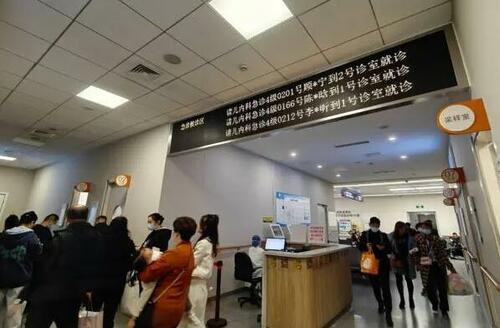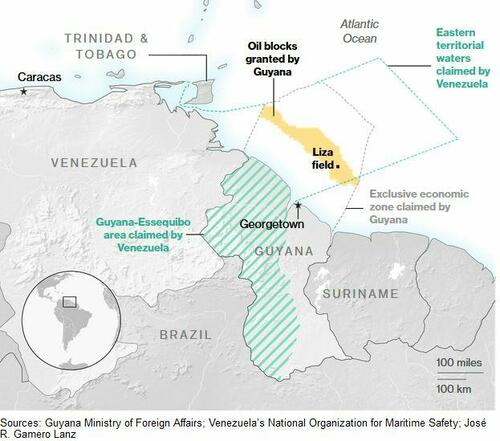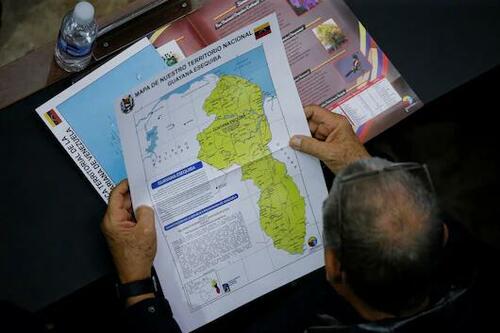In an update posted on Dec. 1, the federal health agency said the country is seeing "elevated" activity of RSV, or respiratory syncytial virus, in young children. It also stated that influenza cases are increasing across most of the country and that COVID-19 has seen an increase in recent days, namely in the Midwest and Mid-Atlantic regions.
"Hospital bed occupancy for all patients, including within intensive care units, remains stable nationally; however, pediatric inpatient bed occupancy has been increasing," the agency said.
It added that emergency department visits and hospitalizations continue to increase for RSV, a virus that primarily affects young children and the elderly, and that positive tests, hospitalizations, and emergency department visits are increasing for influenza. It noted that for RSV, hospital rates remain elevated for younger children and are currently on the rise for older adults.
As for COVID-19, the CDC's data show that emergency visits were up 10.6 percent in the week ending Nov. 25 and hospitalizations were up 10 percent in the same time period. Historical trends indicate that the current increase appears to be far lower than previous "surges" since the pandemic started in 2020.
Data reported by the health agency from wastewater sampling and hospital emergency rooms show that Illinois, Indiana, Ohio, Wisconsin, Michigan, and Minnesota have seen the largest increases in COVID-19 cases in recent days.
Last week, the CDC estimated that about 1 in 10 new COVID-19 cases in the United States are due to the BA.2.86 variant—about triple what the agency estimated two weeks before that.
"In previous Nowcast updates, BA.2.86 was too uncommon to be shown separately and was grouped with other BA.2 strains," the CDC said in its update. But now, the variant stands at 8.8 percent through Nov. 25, or about three times the rate that was reported on Nov. 11.
The World Health Organization also recently said that BA.2.86 is a "variant of interest" amid the recent rise in cases.
Update on Pneumonia Cases
Following a surge of pediatric pneumonia cases in China and reports of a rise in childhood pneumonia incidents in Ohio, the CDC said that it's monitoring the situation.
"These reported increases do not appear to be due to a new virus or other pathogen but to several viral or bacterial causes that we expect to see during the respiratory illness season," the CDC bulletin said. "CDC will continue to work closely with our state and local public health partners to maintain strong situational awareness and will provide updates, as needed."
The federal agency said on Dec. 1 that pneumonia “rates are roughly in line with previous years for patients aged 0–1 years and 2–4 years nationally.” For children between the ages of 5 and 17, the “percent of emergency department visits diagnosed with pneumonia among patients” is “similar to pre-pandemic years, and it remains lower than that seen among younger children,” the CDC said.
“Diagnosis of pneumonia in children, along with other respiratory illnesses, increases every year in the fall and winter months,” the CDC said.
“The weekly percent of emergency department visits with diagnosed pneumonia is largely consistent with previous years for children aged 0 to 4 years, with slight increases above typical levels for children aged 5 to 17 years, but still consistent with pre-pandemic years.”
The CDC bulletin said the agency is monitoring cases in China and Europe and that it is “working closely” with state, local, and international health officials. “Based on laboratory findings, these increases in pediatric pneumonia do not appear to be caused by a new virus or other pathogen,” it added. “Instead, these increases are likely caused by viruses and bacteria we expect to see during the respiratory illness season.”
It comes after health authorities in Ohio’s Warren County confirmed 142 cases of pediatric pneumonia since August, noting that it's above average for the county and meets Ohio's definition of an outbreak.
But the officials said they believe it's not a "novel" or "new" respiratory infection but a "large uptick in the number of pneumonia cases normally seen at one time."

Parents take their children to see a doctor at the pediatric emergency department of a hospital in Shanghai on Nov. 14, 2023. (CFOTO/Future Publishing via Getty Images)
Reports also have indicated that cases of childhood pneumonia have also risen in Massachusetts, according to local media outlets. However, few details were provided.
Chinese Communist Party officials, meanwhile, have said the rise in childhood pneumonia cases can be attributed to RSV, COVID-19, influenza, and Mycoplasma pneumoniae, a type of bacteria that can cause “walking pneumonia” or "white lung."


